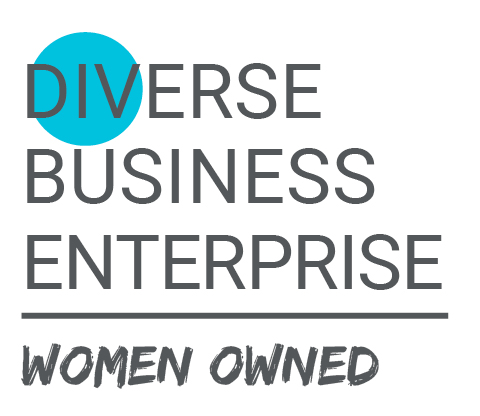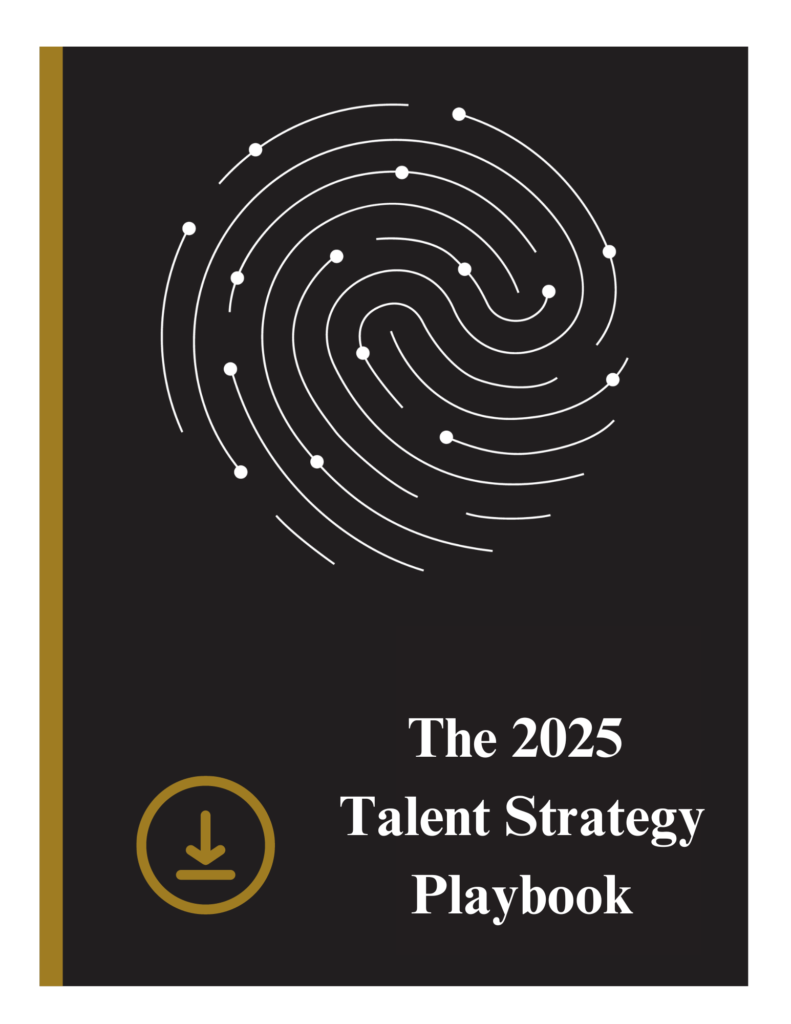When it comes to hiring executives, the stakes are incredibly high. These leaders shape the culture, drive strategy, and ultimately determine the long-term success of an organization. However, when the wrong executive is brought on board, the impact can be catastrophic — not just in terms of financial loss, but also in wasted time, damaged morale and lost opportunities. Many companies underestimate the true cost of a bad executive hire until it’s too late. The hidden expenses of poor executive recruitment can reverberate throughout the company for years, hindering growth and damaging reputations.
In a world where leadership plays a pivotal role in shaping the future of a company, it’s crucial to avoid costly hiring mistakes. While the price tag of an executive’s salary and benefits might be the most obvious concern, the hidden costs can be even more staggering. The process of searching, recruiting and onboarding takes time, and when the wrong person is hired, the entire process has to start over—leading to a significant drain on both resources and employee morale. Moreover, poor leadership can negatively affect productivity, customer relationships, and the overall trajectory of the company.
Let’s break down these hidden costs and explore the best practices for ensuring you bring on the right executive for the job, saving your organization from both financial strain and cultural turmoil.
1. Financial Losses: Salary, Severance, and Rehiring Costs
The most visible cost of a bad executive hire is the financial burden. Executive roles come with significant compensation packages, including base salary, bonuses, stock options, and other benefits. When the executive isn’t performing, companies are essentially paying top dollar for underwhelming leadership. The salary alone can feel like a drain, but when you factor in potential severance packages—which can be quite substantial for C-suite roles—it becomes clear how expensive a failed hire can be.
Then, there’s the cost of the rehiring process. Executive searches are neither quick nor cheap. You’ll need to invest in external recruiters, advertise the position, and dedicate internal resources to vet candidates. All these costs add up quickly, making the process a financial burden, especially when you consider the time your company remains without effective leadership.
How to avoid this:
- Set clear and realistic expectations during the hiring process.
- Ensure the search firm you work with specializes in executive recruitment and understands your industry.
- Conduct thorough reference checks and consider professional assessments to evaluate a candidate’s potential fit.
2. Loss of Productivity and Missed Opportunities
Executives drive key strategic initiatives. When they’re ineffective, decisions are delayed, and opportunities slip through the cracks. A bad executive can cause a ripple effect, slowing down projects, stifling innovation, and undermining the confidence of the team. Projects that should have been top priorities might stall, and initiatives that require decisive action can flounder. Competitors can swoop in to fill the gaps left by your organization’s inefficiencies.
The productivity of other employees can also suffer under poor leadership. Bad executives can create confusion by misaligning team goals, causing skilled employees to disengage or leave. When leadership is inconsistent or lacks vision, it’s nearly impossible for departments to function at full capacity.
How to avoid this:
- Involve key stakeholders in the interview process to gauge how well the candidate aligns with company goals.
- Assess the candidate’s ability to handle complexity and lead diverse teams.
- Look for a track record of strong decision-making and innovation.
3. Damage to Company Culture and Morale
The culture within an organization can make or break employee satisfaction and retention. A toxic or misaligned executive hire can erode trust, create friction within teams, and lead to a disengaged workforce. Employees at every level look to executives for guidance, and when that leadership is poor, morale can plummet. This can result in higher turnover, as top talent won’t stick around in a mismanaged environment.
Furthermore, a bad hire can disrupt the organizational culture by promoting values that are out of sync with the company’s established principles. This misalignment can lead to internal conflicts, cliques, and a loss of shared vision across departments. Once morale takes a hit, it can take years to rebuild a cohesive and motivated team.
How to avoid this:
- Evaluate cultural fit as rigorously as you assess technical qualifications.
- Consider conducting behavioral interviews to see how candidates manage interpersonal dynamics.
- Prioritize transparency in the hiring process to ensure the candidate understands the company’s values and expectations.
4. Reputation Damage
Executives are often the face of a company, representing the brand in the marketplace and in relationships with key stakeholders. When an executive hire goes wrong, it can damage your company’s reputation both internally and externally. Stakeholders like customers, investors, and partners may lose confidence in your leadership, especially if poor decisions or scandals arise. Recovering from reputation damage is a slow and costly process, especially if the executive’s missteps receive public attention.
Internally, your company may suffer from employees losing faith in the leadership team’s ability to make smart hiring decisions. A failed executive hire can make employees question the company’s direction and long-term viability.
How to avoid this:
- Conduct a 360-degree review of potential hires, looking at both professional and personal reputations.
- Ensure that the candidate aligns with your brand’s core mission and values.
- Engage in ongoing leadership development for new executives to support their integration and long-term success.
5. Legal and Compliance Risks
Depending on the circumstances, a bad executive hire can expose your organization to legal risks. Whether it’s mishandling employee relations, breaching contracts, or engaging in unethical behavior, a problematic executive can put your company at risk of lawsuits, regulatory issues, or fines. These legal challenges not only come with a direct financial cost but can also tarnish your company’s image and disrupt operations.
How to avoid this:
- Perform a comprehensive background check, including legal and compliance reviews.
- Consider engaging third-party legal counsel during the hiring process to ensure all contracts are in order.
- Implement clear policies that outline ethical behavior and hold executives accountable.
Investing in the Right Executive Search Strategy
Hiring the right executive is not a decision to be taken lightly. The cost of a bad hire goes far beyond the executive’s salary—it touches every aspect of your business, from productivity to culture to reputation. The good news is that these pitfalls can be avoided with a thoughtful, strategic approach to executive recruitment. By investing in a thorough and comprehensive hiring process, you’ll minimize risk and set your company up for long-term success.
If you are searching for a leader who not only has the right skills but also aligns seamlessly with your company’s culture and vision, W Talent Solutions is here to help. With a proven track record in executive recruitment across diverse industries, we specialize in identifying and placing leaders who drive meaningful, lasting impact. Don’t leave your executive hire to chance—partner with us to secure the right fit for your organization’s future. Reach out to W Talent Solutions today, and let’s start building a brighter future together.



















